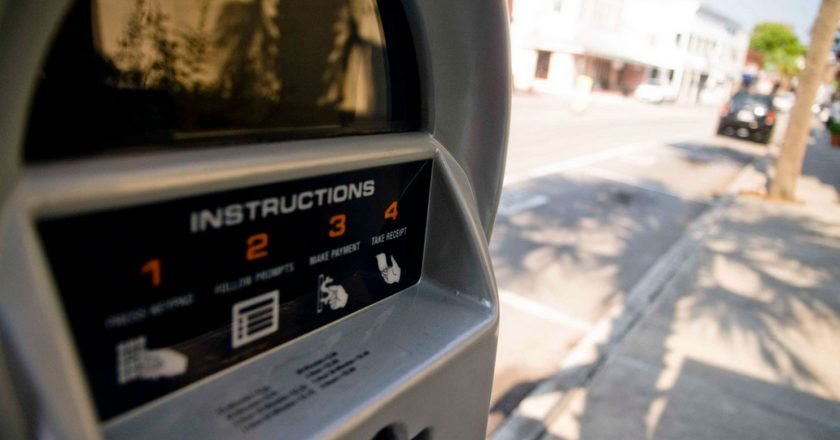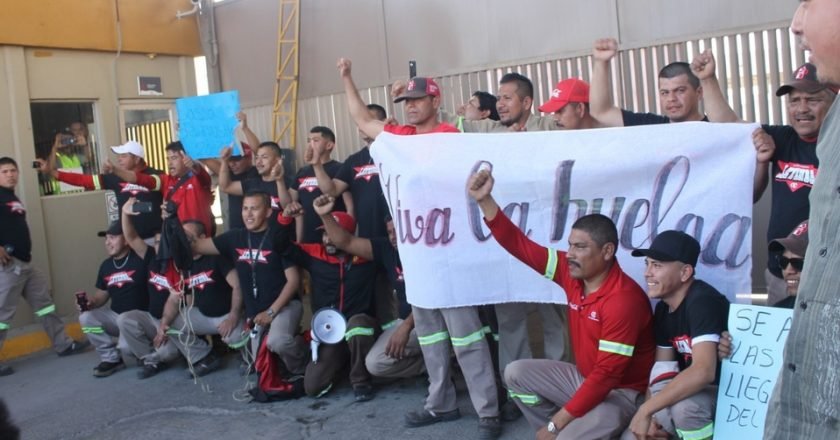Germans interested in our wine. A group of Bavarian businessmen visited the wine valley last week in order to analyze …


Germans interested in our wine. A group of Bavarian businessmen visited the wine valley last week in order to analyze …

Border emergency. You want to talk about a border emergency? Grab your passport and take a quick trip with me …

Hurraaay, we’re getting parking meters! Said no one ever, especially the citizens of Ensenada, who are pretty pissed about a …

Beef tortillas? The richness of Mexican food comes from the country’s many states that, but especially the little towns and …

Biggest Train Heist Ever. Teachers in the state of Michoacán have been camping out on the train tracks, so far …

Baja, open for spring breakers. Our state tourism honcho, Oscar Escobedo, is promoting Baja as a destination for spring breakers …

Shooting. Despite campaigns and laws against shooting up, New Year’s revelers continue the tradition of firing guns at the stroke …

More taxis for Ensenada. A total of 224 permits for new taxis were given out by Mayor Novelo to work …

BY ALEJANDRA BORBOLLA Buñuelos December in Mexico is about eating, sharing and caring. One of the most important things about …

Uncle Sam to the rescue. The U.S. government is pledging $10.6 billion in public and private funds toward economic development …